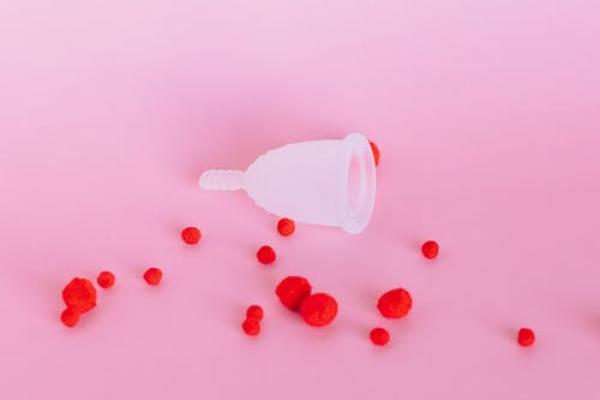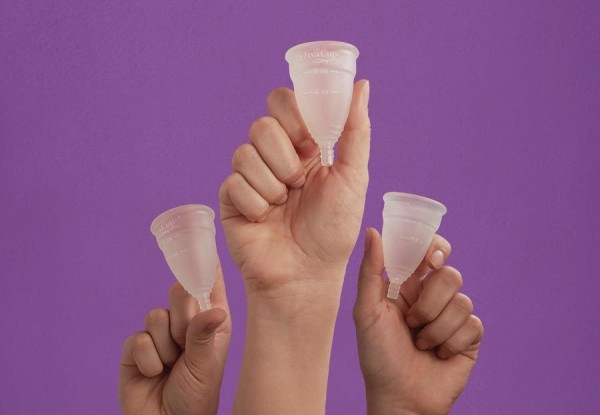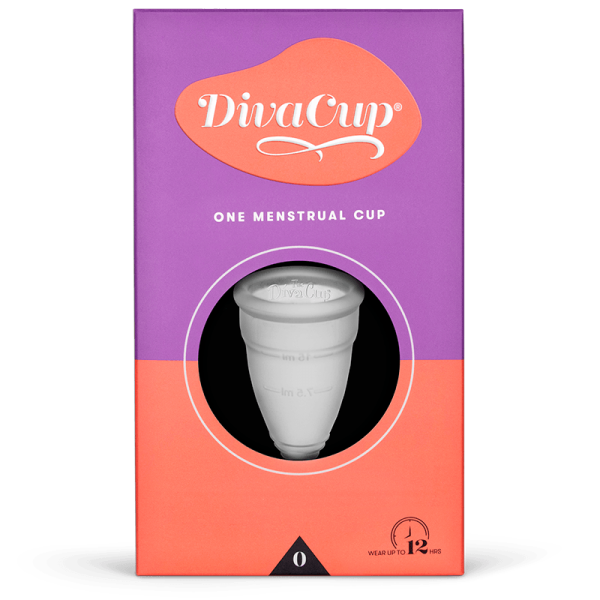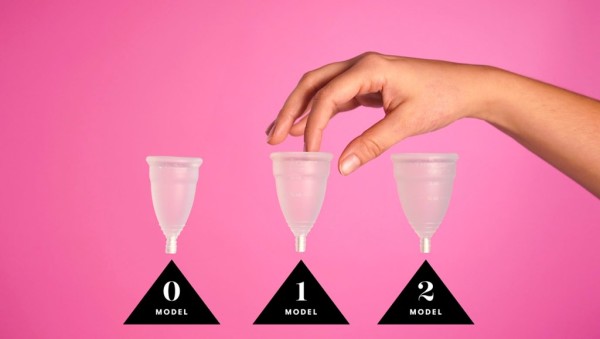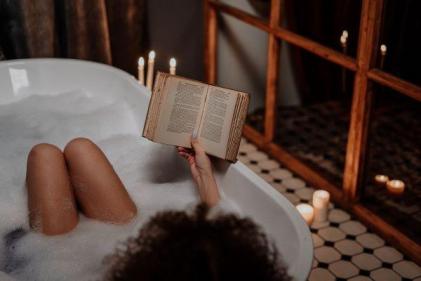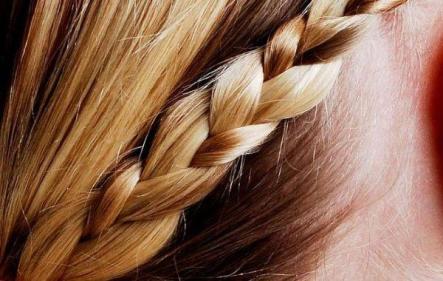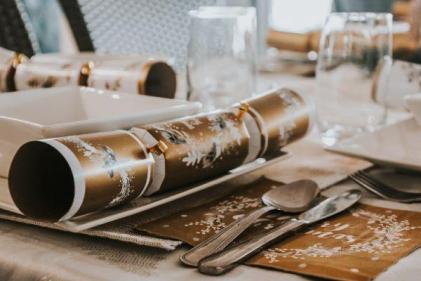Menstrual cups are the period products that have been making waves in recent years as sustainable alternatives to traditional period products that are better for the environment, easy to use and very accessible for all ages. And DivaCup has taken its place as the world’s number one menstrual cup, by ‘challenging the status quo since 2003’ with this revolutionary product.
But did you know the menstrual cup’s history goes back way further than we realise?
The first menstrual cup was invented in the 1930s, before WW2, by a midwifery group, but it was Leona Chalmers, an American actress and singer that first patented and commercialised them, the originals made of latex, as she was frustrated at the lack of subtler options for women than the bulky belts and pads of the time.
The product didn’t really catch on at the time, as the idea of inserting something into your vagina wasn’t something many people were comfortable with and called into question the ‘intactness of a woman’s virginity’, a question that still persists for some today. This, of course, is an unfounded concern.
However, the last few years has seen a resurgence in popularity of the handy products as consumers become more eco-conscious and require subtler forms of period protection. We all know the waste that can come with traditional period products, but inventions like the DivaCup are working to tackle that.
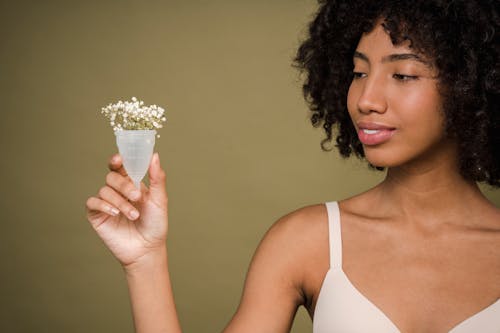
‘High standards – not high maintenance’ is the thinking behind the name DivaCup, the company started by mother and daughter duo, Carinne Chambers-Saini and her mother Francine. Dedicating their lives to improving the menstrual care game, they created a user-friendly, environmentally responsible and reusable period product that could be easily accessible around the world.
Francine and Carinne wanted a name that reflected the fearlessness and confidence they felt about bringing the world a better way to period. According to the DivaCup website, 'A Diva is anyone who recognises that our society’s views on periods are not black and white, and anyone who understands periods don’t just belong to cis women. A Diva is anyone that believes traditional, disposable menstrual care products are just not good enough', making them a force for good for customers, the community and the planet.
But who can actually use these menstrual cups – and how do you use them?
This is the question that springs to mind for all of us when we spot these little cups on the pharmacy shelves. Will it hurt? Will it work? How do we insert it? And how do we get it out?
We’ve grown up with the traditional tampon or pad solution to our periods, but times are changing and we need to change with them to embrace more sustainable lifestyles.
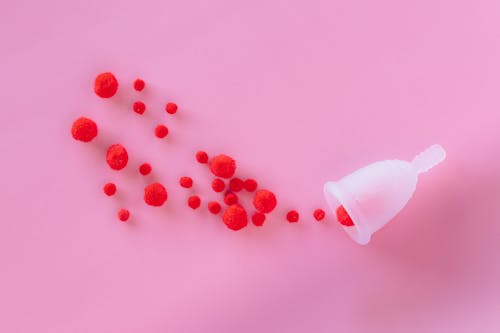
Menstrual cups are small, flexible, bell-shaped cups typically made from silicone that you insert into the vagina to collect period flow rather than absorb it (like tampons). As simple as it sounds, there’s a lot more to it and people’s reasons for using them – and not using them – vary, according to Carinne and Francine;
Eco-Friendly
Menstrual cups are reusable, which makes them an eco-friendly period care option.
Using the DivaCup can replace hundreds of disposable products per year for each person that uses it. In fact, the average menstruating person uses and disposes an average of 240 disposable pads and/or tampons (containing ingredients such as plastic and rayon that do not break down and aren’t good for your body anyway). With proper care and cleaning, your DivaCup can last for several years.
Cost-Effective
Although it may seem more expensive to buy a menstrual cup compared to a box of pads or tampons, you only need to buy once a year. You know what that means? More money for you.
As a personal care product, the recommended guideline is for consumers to replace their DivaCup annually. The lifespan can vary depending on various factors, but most consumers replace their cup every year or two. So, go ahead and splurge a little bit up front. In the long run, you’re going to save money.
Up to 12-Hours of Leak-Free Protection
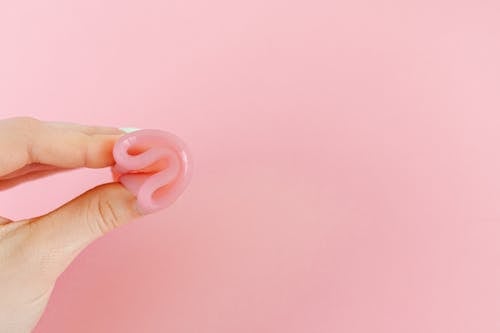
Menstrual cups are the perfect period care option for people who are constantly on the go. From nomads to students, full-time employees to stay-at-home moms – life is busy. Fortunately, menstrual cups can be worn for much longer lengths of time compared to pads and tampons.
The DivaCup can be worn for up to 12-hours, depending on your menstrual flow. That’s up to 12-hours of leak-free protection so you can focus on what really matters in life.
Chemical-Free
Although some companies, like Diva International, voluntarily share the ingredients in their products, manufacturers of period products are not currently required by law to disclose ingredients.
The DivaCup is made from 100% medical grade silicone and is BPA-free, with no added chemicals, plastics or dyes.
Track Your Flow
As a reusable option, you need to get up close and personal with your flow and body. Menstrual literacy and body literacy are benefits a person gains from using a menstrual cup. Not only will you learn how much your average monthly flow is but also a ton about your vaginal and pelvic floor health – all things that are so, so very important to learn about as you get older!
Understanding your cycle and the changes that take place month over month can also be helpful in diagnosing period or endocrine-related disorders, like endometriosis or polycystic ovarian syndrome (PCOS).
Clean and Comfortable
Menstrual cups are clean and comfortable, and when inserted correctly you can’t even feel them. The DivaCup collects rather than absorbs flow, meaning it won’t dry out your vaginal canal and it won’t leave trace residue (bonus).
But there are plenty of people hesitant about using a menstrual cup, who feel uncomfortable or unsure of the idea. DivaCup addresses these concerns and provides a handy and helpful guide with all your DivaCup resources and needs on their website.
Learning Curve
Using a menstrual cup isn’t the same as using a tampon. Even though both are internal period products, they’re way different. For starters, menstrual cups collect flow; tampons absorb. How you insert a menstrual cup, and remove it, is way different, too.
The truth is many people experience a learning curve when using a menstrual cup for the first time. Not sure how to insert a menstrual cup? Check out their helpful Insertion page. Confused about how to remove it? The Removal page has you covered. Not sure how to care and clean for your new DivaCup? Their Care and Cleaning page has all the information you need.
Finding Your Fit
Size matters. When choosing a menstrual cup, it’s important to do your research into what size is most appropriate for you. If you find your menstrual cup is uncomfortable even after adjusting it, slips out too easily, or leaks, you might not have the right fit.
It’s important to know that body size and shape doesn’t determine the size of the vaginal canal. The vagina can change a lot throughout a person’s life. As people age, the walls of the vagina become more relaxed, which is just one reason the DivaCup comes in three different sizes.
The “Ick” Factor
The thought of using a menstrual cup is new to many, and often the response to a reusable period care option can be shock and awe. The DivaCup is very different from tampons and pads. While people often talk about the “ick factor” of using a menstrual cup, once you go Diva, you never go back.
Hopefully you should have a better idea of whether a menstrual cup is right for you, but the only way to really know is to give it a try. Keep in mind it can take up to three months to find the best fit and comfort with a menstrual cup but that the long term benefits are worth it! Check out more about the DivaCup here!

